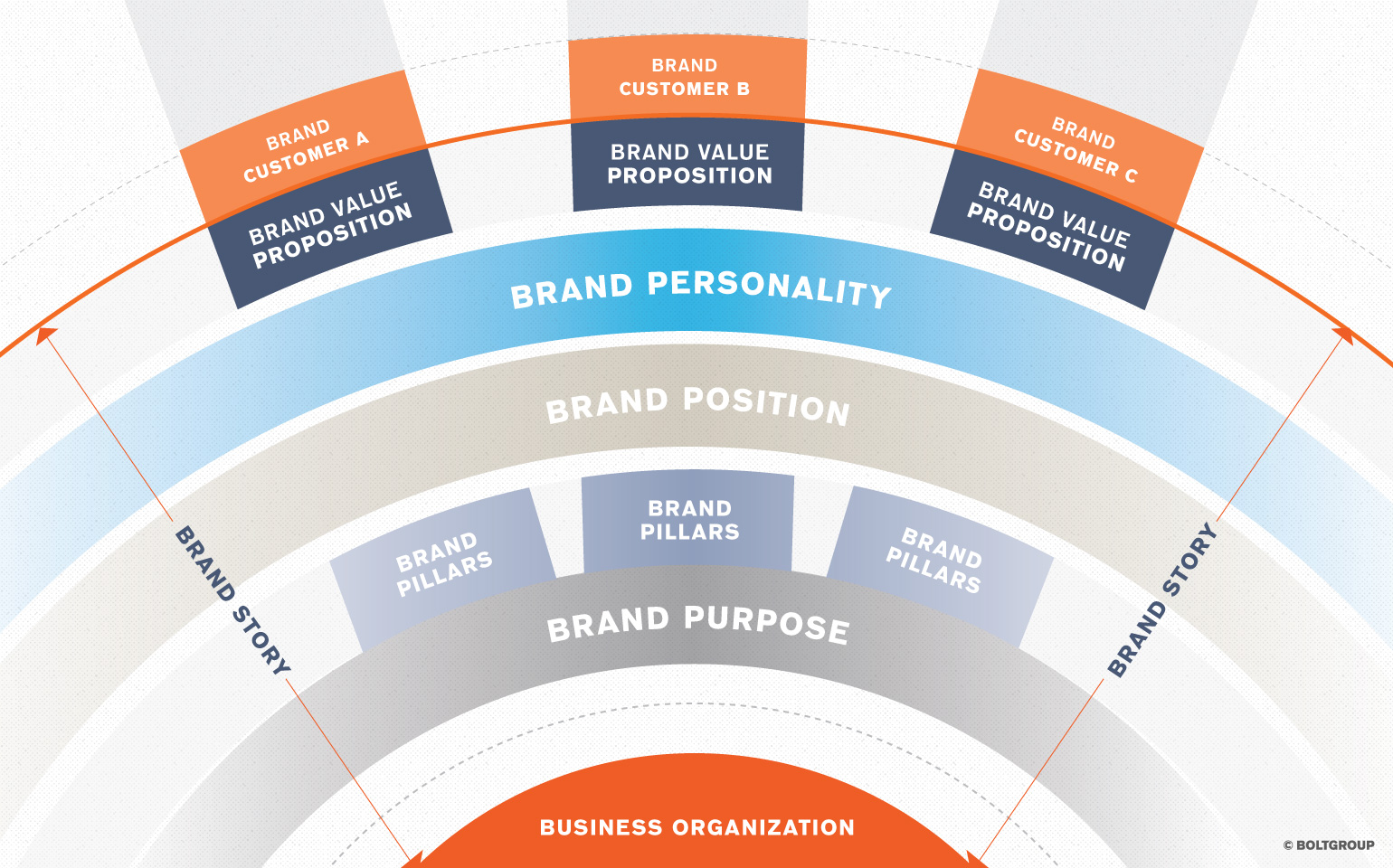It’s 5.30 a.m. and pitch black—just like every other work day of the year. I kiss my beautiful wife Katie and step into the silent darkness. It is eerily quiet out here on these 11 country acres, but with a click of my finger the landscape illuminates with brilliant beams, lighting my way. Two more quick clicks and my sentinel stirs with a friendly growl, purring as I approach. She unlocks the door, glowing inside as I slide into the cockpit. One last touch and she is fully awake, control panels gleaming, assuring me we’re ready to go.
As we head down the driveway her white beams cast shadows into the woods, and crisp autumn leaves fracture under her 18″ treads, alerting “whatever may be out there” that the shadows are where they belong. Then, a final flick of her tail as she grabs hold of the tarmac and leaps to life, devouring the unmarked road vanishing under her hood.
I love this car!
From the moment, just over a year ago, when my wife nudged me at the car dealership and exclaimed, “That black one, with the horse on it—that’s sexy,” my experience with my Mustang has exceeded my every expectation.
Wouldn’t you like your customers to express this kind of love for your products? Can you imagine the position of value this brand now holds in my mind—”in my heart”—due almost entirely to my experience with the car? My Mustang!
So how did this happen? How was this high level of brand value achieved?
It’s pretty simple really. I had a perception of the brand, and then the brand over-delivered through my experience with the car, elevating the brand’s value exponentially in my heart and mind.
But as simple as this is to say, it is not simple to accomplish. Let’s face it, how many products have you used that resulted in additional perceived and actual brand value for you? Products that make you hold the brand in higher esteem than you did before you personally experienced them? Can you name more than 10? I don’t think I can.
Let’s look at two key principles that set the stage for achieving this revered position:
Principle #1—In order to create and deliver a product experience that propels brand value in the heart and mind of the user, product development must incorporate brand criteria in the design and development process.
Principle #2—For a brand to provide reliable criteria to the design and development of product experiences that will propel brand value, the brand must be built on a solid, well-conceived foundation, informed by user insights regarding need, importance, preference, and value.
Where To Start? Your Brand.
Build your brand on a well-structured, well-conceived foundation. Large, sophisticated, brand-centric companies have a foundation carefully documented and use it religiously. However, many mid-size companies, especially in manufacturing, do not. They rely instead on history, leadership influence, anecdotes, and inadequately informed opinions. This is said, not to be harsh, but based on years of real world experience. Here’s a start on placing your brand on the same sort of foundation as the market giants:
7 Key Elements of a Well-Conceived Brand Foundation
1) Brand Purpose
Why does your brand exist? Specifically, in respect to the positive difference it aims to make in people’s lives. What does it seek to achieve day to day in your competitive marketplace? This raison d’être will not only help you paint the vision for your future, but will also help imbue your business and employees with an understanding of why they come to work each day—to strive for the brighter future your brand seeks to create for them and your customers.

